How to Build a Shelter in the Jungle: Step-by-Step Guide
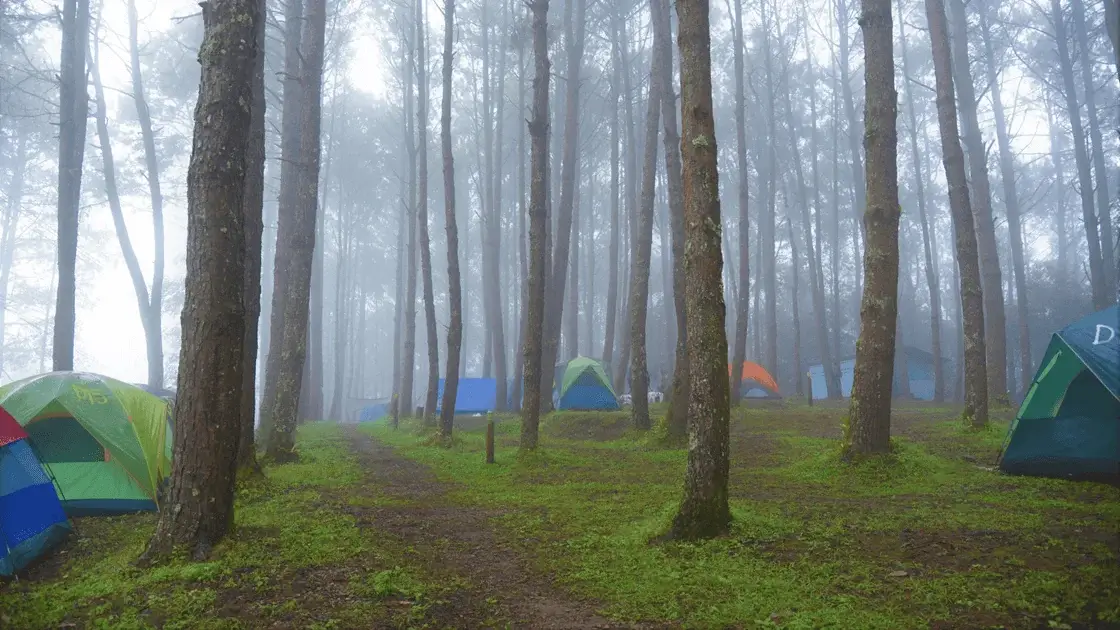
Embracing the Wild: Building Your Jungle Sanctuary
Lost in the heart of the emerald labyrinth, a jungle survivalist’s most crucial task is to erect a shelter. This isn’t just about finding a place to rest your head; it’s about crafting a sanctuary against the elements and the wild. From the unpredictable monsoon downpours to the watchful eyes of nocturnal creatures, the jungle presents many challenges. A well-constructed shelter isn’t merely a necessity; it’s a lifeline.
Whether you’re a seasoned explorer or a novice adventurer, knowing how to build a jungle shelter is a skill that could save your life. We’ll delve into various shelter types, from the swift lean-to for a hasty retreat to the sturdy A-frame for a more extended stay. We’ll explore the ideal campsite locations, considering factors like terrain, vegetation, and water sources. And we’ll discuss the importance of creating a space that not only protects your body but also soothes your soul.
Join us as we unravel the secrets of jungle shelter-building and embark on a journey towards wilderness mastery.
Foraging for Survival: Gathering Jungle Materials
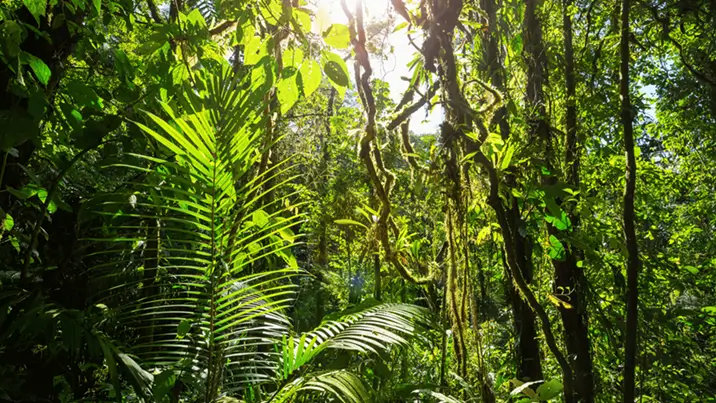
Building a shelter in the heart of the jungle is a delicate dance with nature. It’s about identifying the perfect spot, a haven away from the whims of the weather and the nocturnal prowlers. Then, it’s about foraging for the right materials – the sturdy branches that form the skeleton, the pliable vines that bind it together, and the broad leaves that shield you from the elements.
Imagine yourself, a lone survivor, armed with nothing but your wits. You’ll need to seek out branches as thick as your wrist, strong enough to bear the weight of the jungle’s downpours. You’ll need to harvest leaves, broad and water-repellent, to fashion a roof that keeps you dry. And you’ll need to find vines, tough and flexible, to tie it all together.
By carefully selecting and utilizing these natural resources, you’ll not only construct a shelter but also forge a deeper connection with the jungle. This is more than just survival; it’s a testament to human ingenuity and nature’s bounty.
Finding Your Perfect Jungle Hideaway
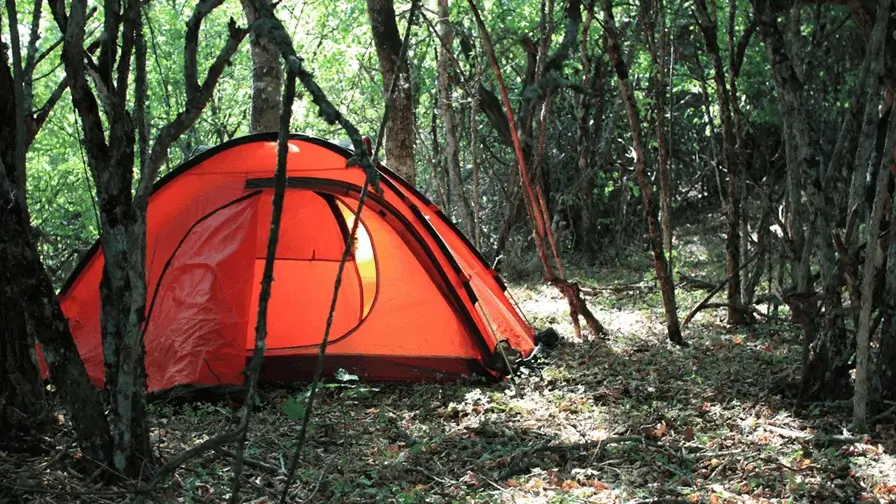
The art of jungle survival isn’t just about building a shelter; it’s about finding the perfect spot to call home. Your choice of location can mean the difference between a comfortable stay and a perilous ordeal.
First and foremost, water is life. You’ll want to set up camp near a reliable water source, whether it’s a river, stream, or spring. But remember, proximity isn’t everything. Avoid building directly beside the water’s edge to minimize the risk of flooding and unwanted wildlife visitors.
Next, consider the elevation. Higher ground can offer protection from floods and provide better air circulation. Look for natural barriers like hills or rock formations that can shield you from the wind and rain.
Safety is paramount in the jungle. Steer clear of areas with heavy wildlife traffic. The last thing you want is a surprise encounter with a curious bear or a venomous snake. Choose a spot with dense vegetation that can provide natural camouflage and deter unwanted visitors.
Finally, the terrain should be stable and level. Avoid rocky or sloping ground that could destabilize your shelter. The ideal location should offer a balance of accessibility, safety, and comfort.
By carefully selecting your campsite, you’ll set the stage for a successful and enjoyable wilderness adventure.
Crafting Your Jungle Fortress: A Step-by-Step Guide
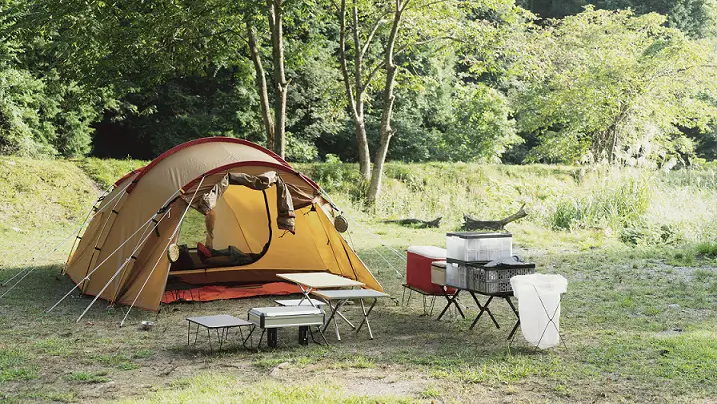
Building a shelter in the heart of the jungle isn’t just about survival; it’s about creating a sanctuary. The foundation you lay will determine the strength and longevity of your jungle fortress.
First, find your perfect spot. Look for high ground, away from potential flood zones. Clear the area of debris and level the ground to create a sturdy base.
Next, gather your materials. Sturdy branches, resilient palm leaves, and flexible vines are your building blocks. Create a raised platform using logs or bamboo to protect your shelter from moisture and pests.
Now, it’s time to construct the frame. Use strong, vertical supports and secure them with sturdy ties. Add horizontal beams to create a robust skeleton. Fill in the walls with tightly packed palm fronds or bamboo, ensuring a strong and insulated structure.
To enhance stability, add diagonal bracing to your frame. This will help your shelter withstand strong winds and heavy rain. Create a sloped roof to efficiently shed water, keeping you dry and protected.
By following these steps, you’ll create a shelter that’s not only functional but also a testament to your ingenuity. Remember, a well-built shelter is the cornerstone of a successful jungle adventure.
Shielding Yourself from the Jungle’s Fury: Crafting a Durable Roof

A well-constructed roof is the crown jewel of any jungle shelter. It’s your shield against the torrential downpours, the scorching sun, and the howling winds.
Palm leaves, with their natural waterproofing properties, are a popular choice for jungle roofing. They’re readily available, strong, and effective at shedding rain. But don’t limit yourself to palm leaves. Banana leaves and other large, broadleaf plants can also be used to create a sturdy, water-resistant roof.
When building your roof, remember to pitch it at a steep angle to ensure proper water runoff. Secure the roofing materials with strong vines or bamboo lashings to withstand the jungle’s unpredictable weather.
By carefully selecting and securing your roofing materials, you can create a shelter that will keep you safe and dry, no matter what the jungle throws your way.
Fortifying Your Jungle Haven: Insulation and Weatherproofing

Your jungle shelter isn’t just a place to rest your head; it’s your fortress against the elements. Proper insulation and weatherproofing can transform your camp into a cosy refuge, no matter the weather.
Nature provides the perfect materials for insulation. Lush green leaves and sturdy palm fronds can be layered on your roof and walls to create a natural barrier against heat, cold, and rain. The thicker the layer, the better the insulation.
To further enhance your shelter’s comfort, pack the interior walls with soft, natural materials like moss or dried grass. These materials act as natural insulators, keeping your camp warm on the cool nights and cool during the hot days.
Don’t forget to seal any gaps or cracks in your shelter’s structure. Use mud, clay, or additional foliage to create a watertight barrier. This will not only keep the rain out but also deter pesky insects and critters.
By taking these steps, you’ll create a shelter that’s not just sturdy but also cosy and comfortable. It’s a sanctuary in the wild, a place where you can rest, recharge, and truly connect with nature.
Creating Your Jungle Retreat: Interior Design for Survival
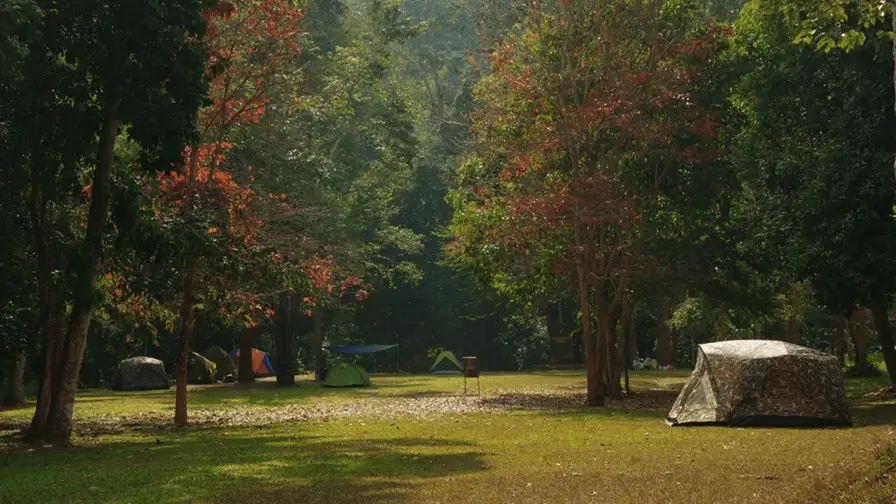
Your jungle shelter isn’t just a place to survive; it’s a place to thrive. Creating a comfortable and organized living space can significantly enhance your experience in the wild.
Start by crafting a cosy bed using natural materials like leaves, grass, or moss. Elevate your sleeping area to avoid creepy crawlies and maximize comfort.
Next, organize your belongings. Use waterproof bags to keep your gear dry and designate specific storage areas for different items. Hanging storage solutions, like nets or hooks, can help keep your space tidy and accessible.
Finally, create designated zones for different activities. Keep your cooking area separate from your sleeping area to minimize smoke and odours. A small table or surface can be used for meal prep and other tasks.
By carefully planning your interior layout, you can create a functional and comfortable jungle retreat. Remember, a well-organized space can boost your morale and make your wilderness adventure more enjoyable.
Staying Safe in the Jungle: Navigating Potential Hazards
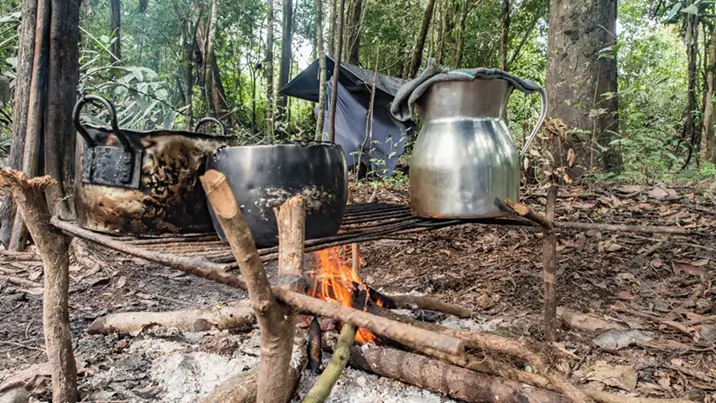
Building a shelter in the jungle is a thrilling adventure, but it’s essential to prioritize safety. The jungle is teeming with life, both beautiful and potentially dangerous.
Before you start building, research the local wildlife. Know which animals to avoid and how to minimize encounters. Keep your food and supplies secure to deter unwanted visitors.
When choosing a campsite, consider the surrounding trees. Avoid areas with overhanging branches that could pose a hazard. Also, be mindful of the terrain. Avoid low-lying areas prone to flooding and opt for higher ground.
As you gather materials, dress appropriately to protect yourself from thorns, poisonous plants, and insect bites. A well-stocked first aid kit is a must-have item for any jungle expedition.
Finally, when building a campfire, choose a safe location away from your shelter and flammable materials. A well-managed fire can provide warmth and a cooking source, but it’s essential to extinguish it completely before leaving your campsite.
By following these safety guidelines, you can ensure a safe and enjoyable jungle adventure.
Embracing the Wild: A Final Reflection
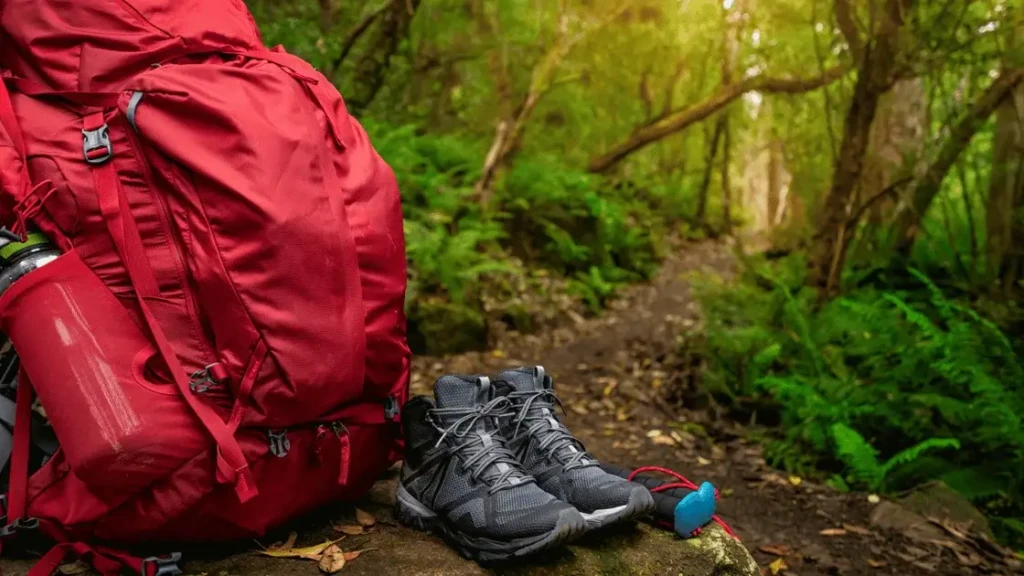
Building a shelter in the heart of the jungle isn’t just a survival skill; it’s an art form. It’s about understanding the land, harnessing its resources, and creating a haven in the wilderness. From selecting the perfect site to crafting a sturdy roof, each step is a testament to human ingenuity and resilience.
Before venturing into the untamed wilderness, practice your skills in a controlled environment. Experiment with different designs and materials to gain confidence and hone your craft. This preparation will prove invaluable when you face the challenges of a real survival situation. Remember, the skills you learn in the wilderness go beyond survival. They foster a deeper appreciation for nature and a stronger connection to the world around you. So, embrace the challenge, embrace the wild, and let the jungle become your classroom.



Join The Discussion